oxygen indoor plants can add a touch of nature to our homes and play a crucial role in improving air quality in the house. These plants not only look great in any home, Also, they can also remove harmful toxins and pollutants.

Incorporating oxygen indoor plants into your home or office can provide a range of benefits for your physical and mental health, as well as add a touch of natural beauty to your living space.
In this article, we are introducing the top 5 oxygen indoor plants that are not only aesthetically pleasing but also great for your health.
In This Article
Benefits of Oxygen Indoor Plants
Having oxygen plants in your home can provide lots of benefits for your health and well-being. Here are some of the advantages of incorporating these plants into your living space:
| Benefit | Description |
| Improves air quality | Oxygen indoor plants have the ability to purify the air by absorbing harmful toxins and producing oxygen through photosynthesis. |
| Reduces stress levels | Studies have shown that spending time around plants can lower stress and anxiety levels. Also making them perfect for creating a calming atmosphere in your home or office. |
| Boosts productivity | It can increase productivity and concentration by as much as 15%. This is a great addition to your work or study space. |
| Enhances mental health | Being around plants can also have a positive impact on mental health, reducing symptoms of depression and promoting feelings of happiness and well-being. |
| Adds aesthetic appeal | It come in a wide variety of shapes, sizes, and colors, making it a versatile and attractive addition to any room. |
If you are looking to reduce stress levels, boost productivity, or simply breathe cleaner air, these plants can help you the most.
Top 5 Oxygen Indoor Plants Good for Health
Indoor plants not only add to the beauty of your interior decor, but they are also very popular for their air-purifying properties.
The following are the top 5 oxygen indoor plants that you should consider for better air quality in your home:
| Plant | Characteristics | Care Requirements | How it Contributes to Better Air Quality |
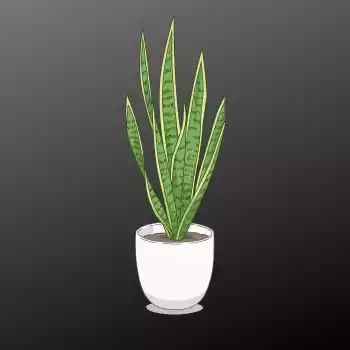 Snake Plant | Elongated, variegated leaves. | Low-maintenance, low light, water when soil is dry. | Filters out toxins like benzene, formaldehyde, and other pollutants. |
 Peace Lily | Dark green leaves, white blooms. | Bright, indirect sunlight; keep soil moist. | Removes toxins like ammonia, formaldehyde, and benzene and purifies the air. |
 Areca Palm | Feathery fronds, 6-8ft tall. | Bright, indirect light; water frequently. | Removes toxins like formaldehyde, benzene, and trichloroethylene, and adds moisture to the air. |
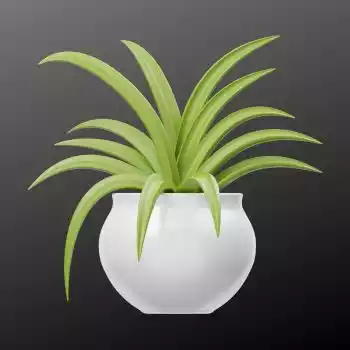 Spider Plant | Long, slender leaves with white and green stripes. | Bright, indirect light; water when soil is dry. | Filters pollutants like formaldehyde and benzene and removes impurities from the air. |
 Golden Pothos | Vibrant green leaves with yellow spots. | Low light, water when soil is dry. | Reduces toxins like formaldehyde, benzene, and carbon monoxide and is known for its air-purifying properties. |
Be sure to consider the specific care needs of each plant when bringing it into your home.
Read Details:
Important Facts about Oxygen Plants
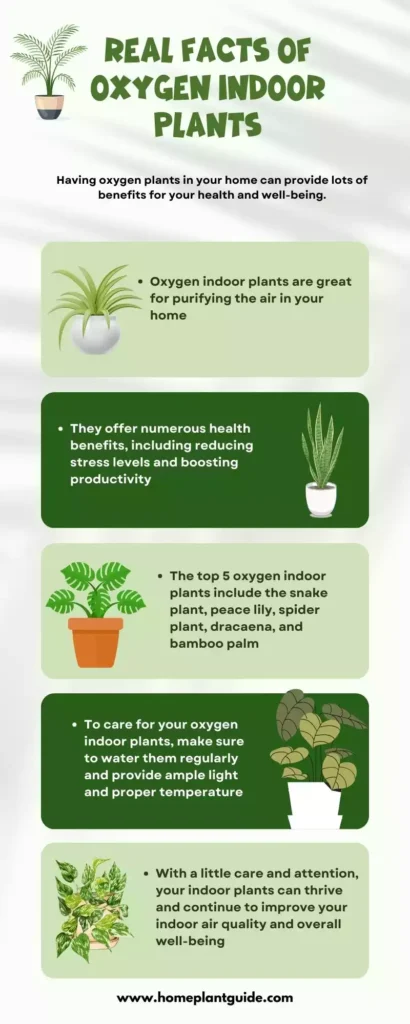
How to Care for Oxygen Indoor Plants
Now that you have decided to bring these plants into your home. So it’s essential to know how to take care of them properly. Here are some tips to help your plants thrive:
Watering
Make sure to water your plants regularly, but not much. Overwatering can lead to root rot.
Check the soil moisture level with a finger from time to time or use a moisture meter and water only when the top inch of soil is dry.
Light
Most oxygen plants prefer bright and indirect sunlight. However, some plants, such as the snake plant, can tolerate low-light conditions also.
Be sure to research the lighting requirements of your specific plant and place it in the right place accordingly.
Temperature
These types of plants mostly prefer temperatures between 60-75°F. Avoid placing them near windows where the wind is passing gently.
Humidity
Most oxygen plants prefer moderate to high humidity levels. You can increase humidity levels by blurring the leaves with water. Otherwise, place a tray of water near the plant.
Soil
Try to use a well-draining potting soil mix that is specifically formulated for indoor plants.
Fertilizer
Fertilize your plants once a month during the growing season, especially in spring and summer. Provide a balanced liquid fertilizer diluted to half strength.
Common Problem
Watch out for pests such as spider mites or mealybugs. Then you can use some antifungal spray with water.
If you notice any yellowing leaves or stunted growth, it could be a sign of overwatering or inadequate light. Adjust accordingly.
By following these simple care instructions, you can enjoy the benefits of your oxygen indoor plants for years to come.
Read More Healthy Plantation:
FAQ:
Q: How many oxygen indoor plants do I need?
The number of oxygen indoor plants you need will depend on the size of your space and the level of air pollution you want to address. As a general rule, one plant good for every 100 square feet of space.
Q: Do oxygen indoor plants make a difference?
The amount of oxygen produced by individual plants is relatively small. So multiple plants in your home can have a noticeable impact on air quality.
Q: Can I eat oxygen indoor plants?
Some oxygen indoor plants, such as snake plants and peace lilies are toxic to humans and pets if ingested.
Q: Where can I buy oxygen indoor plants?
You can find oxygen indoor plants at most nurseries and garden centers. You can also purchase them online.

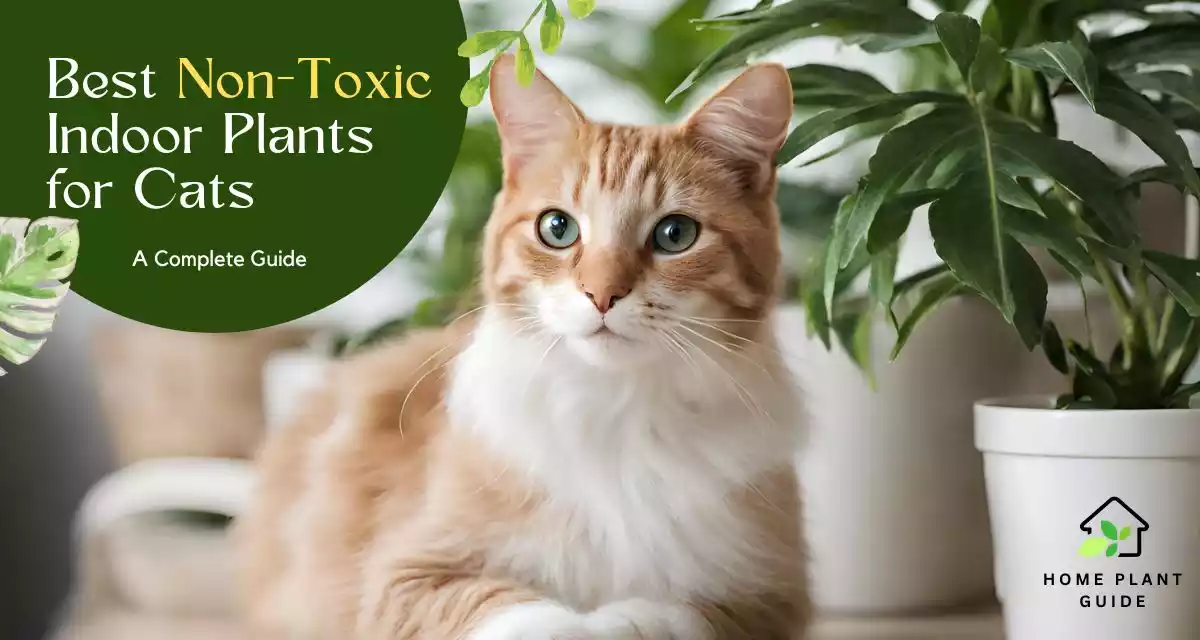
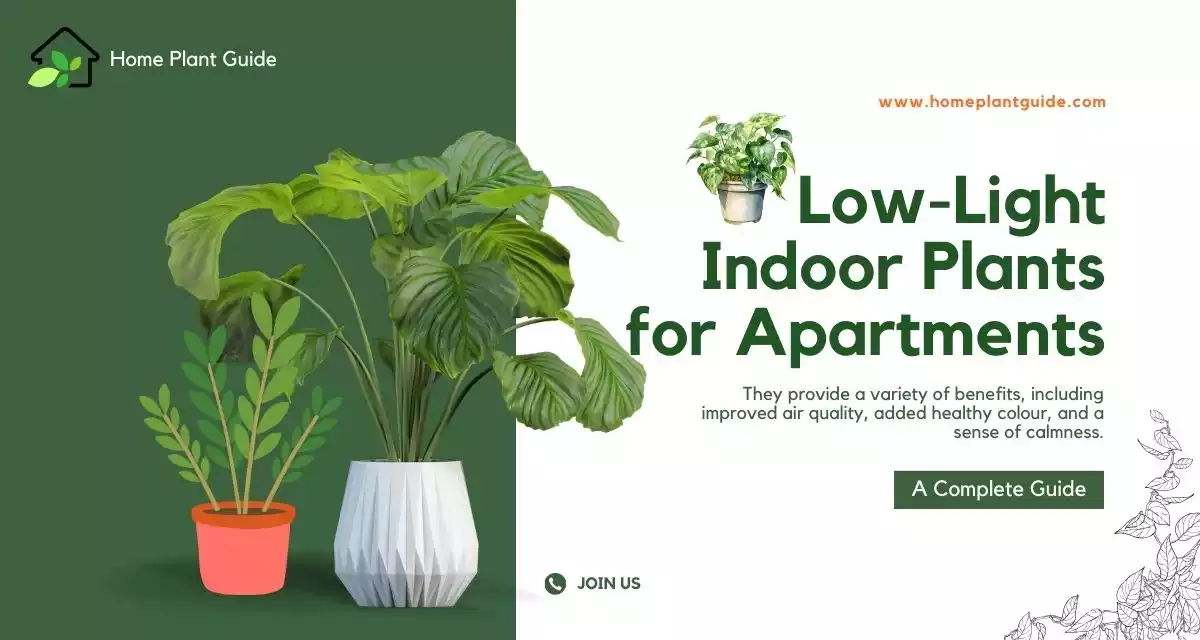
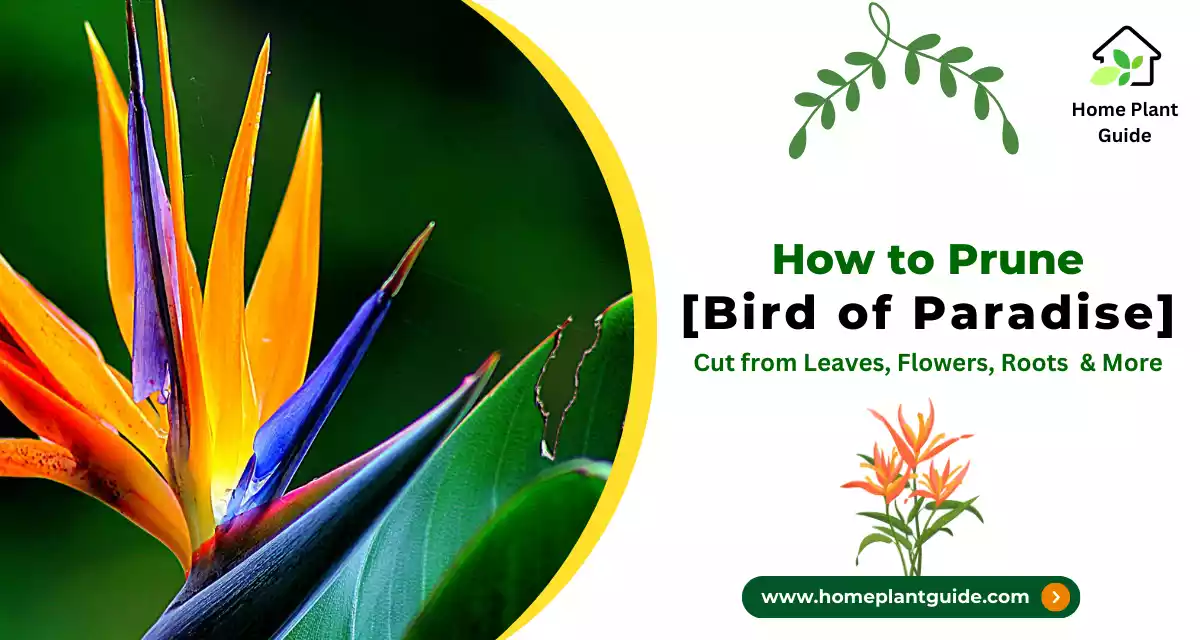


Thanks for sharing. I read many of your blog posts, cool, your blog is very good.
Hi,
Thanks for your valuable comment.